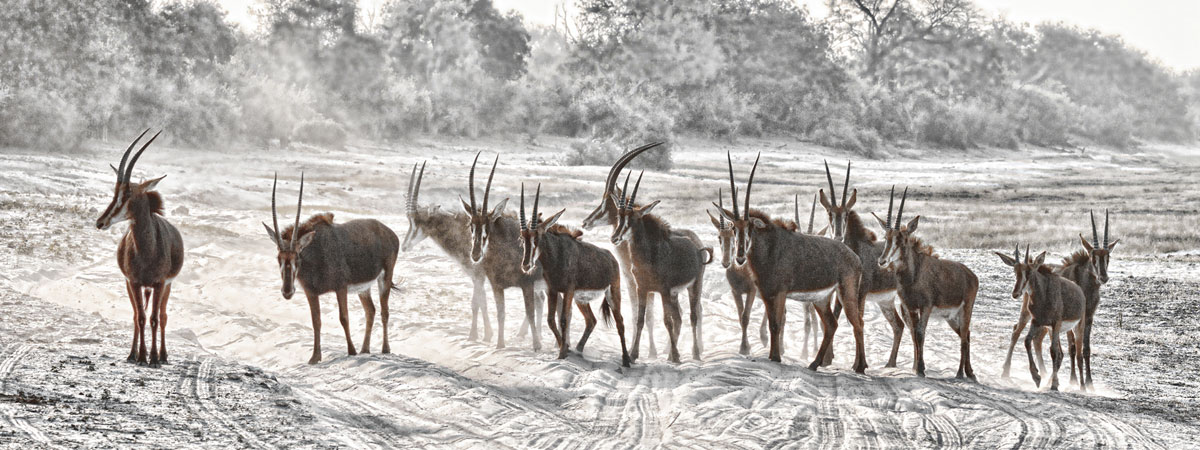With so many companies offering African wildlife safaris making your choice can be a daunting task, but when it comes to photographic safaris the old adage ‘ you get what you pay for’ is very appropriate.
You will find cheap wildlife safaris. On the face of it they appear to visit all the same places as the more expensive ones; but when you delve a little deeper into the detail you’ll soon discover why they seem so cheap.
Here are a few things you should check;
What is the main focus of the trip?
There is a big difference between a wildlife safari – or a birding safari – and a photographic safari.
Although both wildlife and birding safaris will undoubtedly offer opportunities to take photographs, neither is a true photographic safari.
A wildlife safari sets out to see animals, the more the better. Of course photographs will be taken but in may cases the groups members are more concerned with ticking off species than anything else and in all probability there will be some people who don’t even have a camera.
A birding safari, unsurprisingly, focusses on birds. Again, photographs will certainly be taken but once more the main objective is usually to see and record as many different species as possible.
Quality not Quantity
A photographic safari should not be concerned with how many animals or birds you see but about the quality of the encounter.
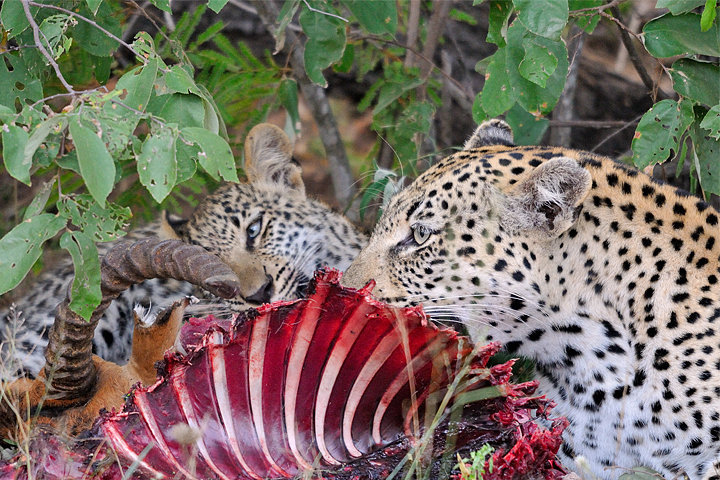
The main emphasis is taking photographs. Spending as long as it takes to get the right photograph. Often going back to the same location several times so that you are there at a specific time and catch a particular light. We want our photographs to be special, memorable, and that requires a bit more dedication.
Of course photographers are interested in the wildlife too. To improve your chances of getting the best photos some background knowledge about the animals habits and their habitats is essential. If you have an understanding of an animal’s behaviour you are better able to predict what it might do next and get yourself in the right place for the best photographs.
Are Photographic Safaris more Expensive?
True photographic safaris can sometimes be a little bit more expensive than a regular wildlife safari and there are good reasons for this.
How many in the group?
Photographic groups are usually quite small, with between 3-12 participants.
Staff/Client ratio?
How many guides will be escorting you, and how many photography facilitators?
A good photographic safari should be more than just an opportunity to take photographs; there should be someone there who can give advice and tips that will improve your technique and skills.
You should make sure the group is going to be small enough to guarantee you adequate one to one time with the facilitator. If the group is spread over more than one vehicle there should be one facilitator per vehicle.
What type of vehicles will they be using and how many people in each?
You’ll have cameras and lenses with you; you’ll want to be able to keep them within easy reach and have some room to move around. Check how many people you’ll have in your vehicle, 3-4 is ideal, more than 6 is no good.
A smaller group gives you more face time with your guides and allows you more room to move within the vehicle. It means there will be fewer people jockeying for the best position whenever you encounter wildlife.
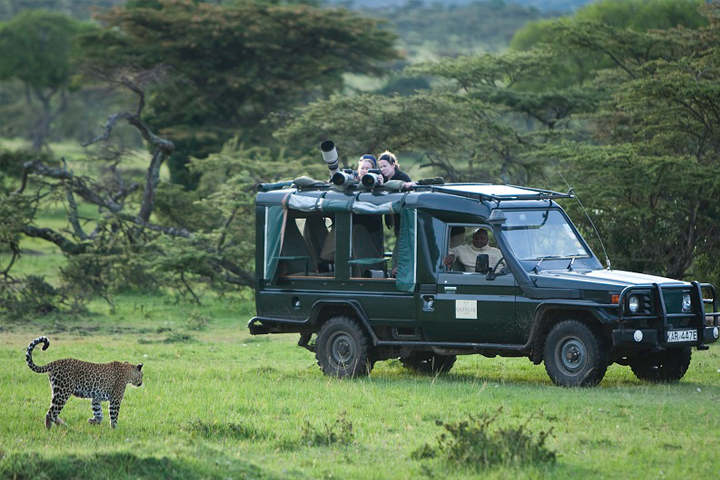
Game drive vehciles used by most camps tend to be open sided like this though not all have a roof which opens.
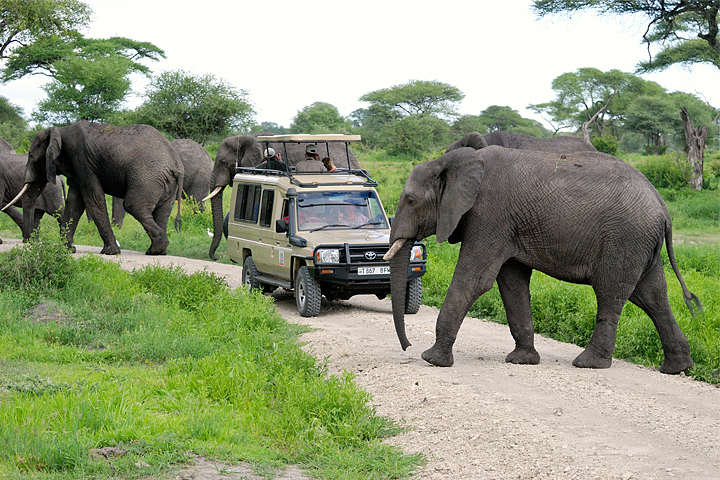
Game drive vehicles that are used on longer safaris, driving you between parks as well as on game drives are obliged to have rigid sides. Most photography is done from the pop up roof hatch.
Where will you be staying?
Big groups have no alternative than to stay in the large lodges. Whilst they usually have all the necessary facilities, they do lack atmosphere and you miss out on the intimacy and personal service that go to make a truly memorable safari.
Tented camps place you right in the midst of the same habitat as the animals you’ve come to photograph. The sights, sounds and smells of the wild are ever present and there is always something to photograph, even in camp.
Don’t be put off by the word ‘camp’.
A mobile tented camp is about as far as you can get from most people’s idea of camping. Your tent is essentially a large canvas walled room and the level of service is amazing.
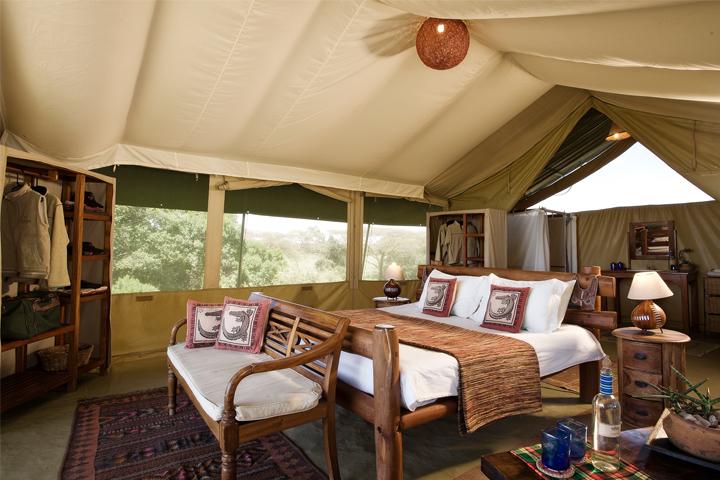
What’s included?
It may sound silly, but to keep the price of their safaris cheap, some companies do not even include park entrance fees. You have to pay these on top of the safari price. If your itinerary includes a lot of game parks that can add up to quite a sum.
Be sure to check what you’ll be getting for your money.
Photography Facilitator
A photographic safari is usually accompanied by an experienced wildlife photographer as well as a driver/guide.
His role is to help you make the best of the photographic opportunities that arise. You have the chance to pick the brains of someone who has a wealth of experience taking wildlife photographs. You’ll be amazed how much it can improve the quality of your images.
Things to consider when selecting photographic safari?
Destination
Where do you want to go or what specific animals do you want to see?
Time of year
Every destination has good and bad times to visit.
Most African countries have a rainy season. During the rainy season with lush green vegetation in abundance the animals disperse far and wide, making them elusive and hard to find and photograph. In the dry season they tend to congregate around rivers and waterholes. Also, in the rainy season it rains a lot. This means days are often dull and overcast and not ideal for photography.
Once you’ve narrowed it down to the time of year and the place you want to go you can start thinking about which company to travel with. That’s when the decisions become more subjective. Certain companies or itineraries will appeal to you more than others.
Pick a company
You could take a different approach and start by finding a company you like the look of, then see what destinations they recommend.
A good way to start is by visiting websites. Either search for them online, or find them in wildlife and photography magazines. Better yet, if you are a member of a photography club, ask if they have any recommmendations or ask other photographers you know.
Make your own group
There’s a third option: get your own group together.
We’ve already noted that group sizes for photographic safaris tend to be small.
Why not try and get a few friends together; four of you is plenty.
That way you get to choose exactly where you go and where you stay. Quite often it can work out cheaper too.

